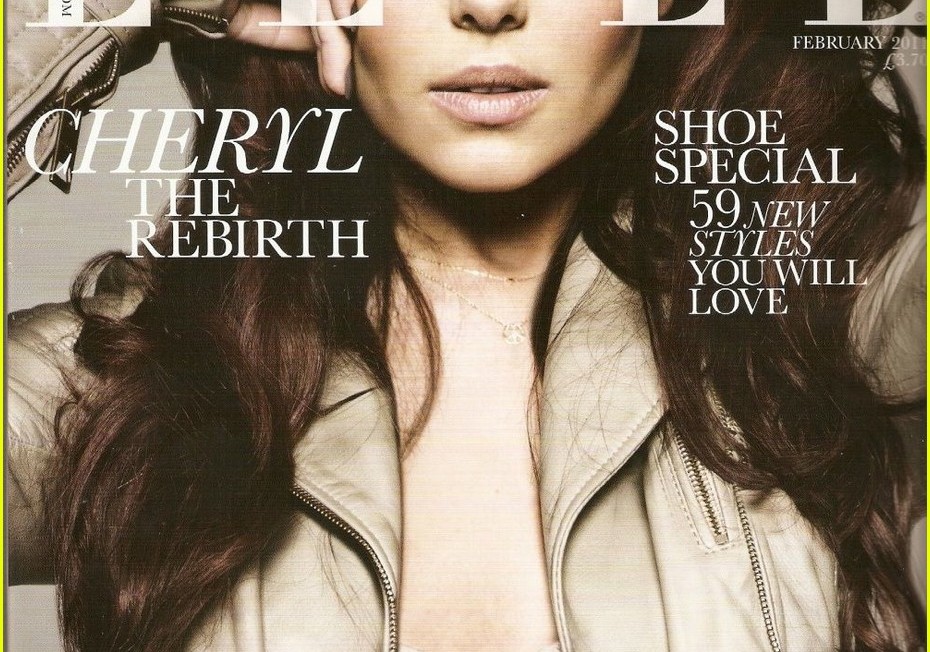Port, a quarterly men’s mag I’ve never heard of until now, recently released its latest cover. On it? Six white male magazine editors. The story? “A new golden age” of print media. Ostensibly, these are the dudes who are ushering it in.
[related_content slugs=”ladies-what-is-your-off-brand-bottled-water-saying-about-you,the-brave-saga-of-lindy-west,screaming-on-the-streets” description=”More SCREAMING” position=”right”]
From the Port website: “In a brave and exciting ten-page story, we talk to the leaders of the magazine industry, the men responsible for re-shaping our print and digital future, and revisit a time when lunch involved three Martinis and company transport was a helicopter.” Because those were THE DAYS, you guys.
Of course, Twitter rightly erupted in a ‘Where are the ladies?’ frenzy. After all, there are lots of women writing important, vital articles and editing important, vital publications, large and small. The New Republic challenged the conceit of the Port piece in an article titled “Can Women’s Magazines Do Serious Journalism?” (UGH.) Sid Holt, the chief executive of American Society of Magazine Editors, essentially told NR that it’s not the “mission” of women’s magazines to cover serious topics.
Clearly we’re not reading the same ladymags, Sid. And we have a different view of what constitutes “serious topics.”
My all-time favourite magazine is ELLE. It used to be SPIN, back in its early-2000s heydey with the pioneering Sia Michel (the first woman to edit an American rock rag) at the helm — but then the magazine was sold, staff were laid off, Michel left and my favourite magazine became unrecognizable. Happily, I found a new bible in ELLE. It’s perhaps most well-known as a fashion magazine — and it’s a great one — but it’s also an authority on culture; its ELLE Intelligence packages, which dissect TV, books, music, movies and more are smart and incisive. The warts-and-all personal essays have brought me to tears. The interviews are sharp. The mag is mercifully devoid of fawning personality profiles. The women who write for it — including my favourite, the hilarious Holly Millea — have strong voices. They CONSISTENTLY make me strive to be a better writer. As for serious topics? Politics, reproductive choice, mental illness — take your pick.
Ladymags are not created equal, it’s true — and I’ve read more articles focused on man-pleasing than I care to count. The most striking thing about ELLE, perhaps, is the fact that it’s a woman’s magazine that doesn’t make me feel like shit about myself for BEING A WOMAN. I actually feel smarter — and, yes, chicer — when I read ELLE. I feel like I’m part of a club of educated, well-dressed ladies, but an incredibly inclusive club of educated, well-dressed ladies. You should read it sometime.
As far as “serious topics” go, as a music and pop culture writer, I’m very used to being told — or made to feel — like the subjects I often write about are not “important” or “serious.” (On top of that, I get to battle the stigma of being a female music journalist — or Groupie with Notebook — in what is still very much a boy’s club. LUCKY ME.) A fellow editor at my college paper actually made a move to slash the review sections, saying they “added no value.”
But here’s the thing: music, art, TV, movies, food, fashion, Grumpy Cat whatever — those are the things that make life worth living. They most certainly add value. They’re worth ink. They’re worth discussion and criticism. It’s easy to be serious when your subject is inherently serious; turning a beauty essay into a tear-jerker about losing your mom? That’s also serious writing. Serious writing comes from taking what you do — and what you’re writing about — seriously. That’s it. A good writer, a good storyteller, can make any topic compelling.
One such writer is ELLE’s editor, Roberta Meyers, who is a righteous babe and whose Letters from the Editor are among my very favourite pieces in the magazine. She devoted August’s to clarifying what the “mission” of her women’s mag is, and it’s the most eloquent smack-down I’ve ever read. She covers a lot of ground, including the whole misguided notion that the longer the piece, the better it is. (Which, NOPE. As the former editor of an alt weekly with limited space, I value economy. Better is the writer who can say more with less.)
“Of course the men on the cover of Port are lauded for doing really loooonnnnggg pieces, but then men have always confused length with quality.” (ZING!)
It’s this passage, however, that struck a chord.
“Indeed, only when a general-interest publication (a category that includes men’s magazines because, as Simone de Beauvoir pointed out long ago, men are the subject, women automatically “other”) takes on an issue does it become broadly important or relevant. In just one of many examples of this, we ran a (3,740-word) piece about expectant mothers choosing selective reduction in pregnancies with twins, but it only became Topic A in the national conversation a year later, when The New York Times Magazine did virtually the same piece. But then, imitation is the sincerest form of flattery.”
To echo Meyers, it’s high-time that more of the other half of the population started ACTUALLY READING ELLE before completely dismissing it. And you’re in luck; ELLE is currently sharing its best long-form pieces on Twitter via #WomenAtLength.
—
Jen Zoratti blogs about feminism and pop culture at SCREAMINGINALLCAPS.com. Follow her on Twitter @JenZoratti.
